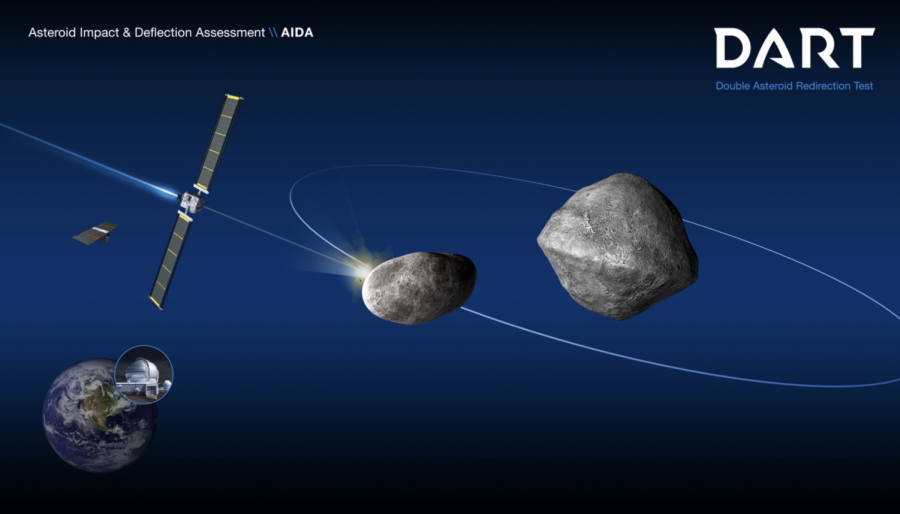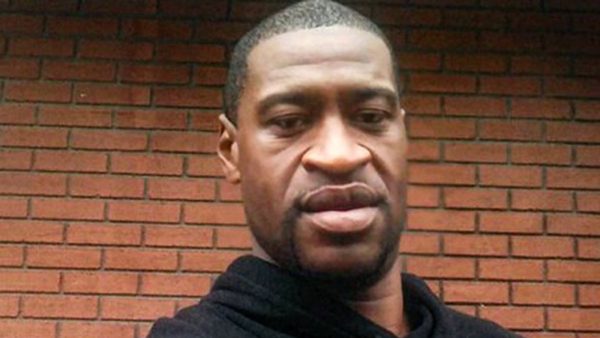NASA Practicing to Deviate Asteroid
On November 23, NASA launched a mission intending to crash the spacecraft in an asteroid, to alter its trajectory.
The reason for this mission is to practice. If one day an asteroid comes crashing into the earth, NASA will be prepared.
”We don’t want to be in a position where an asteroid will come toward the earth and have to test this technique for the first time,” explained Lindley Johnson of the department of planetary defence of NASA, in a press conference.
It is actually two asteroids, the bigger asteroid was named Dydimos, his diameter measuring 780 meters. It’s two times taller than the Eiffel tower. This asteroid has a particularity, it has a moon with a diameter of 160 meters, and it’s taller than the liberty statue. His name is Dimorphos, this is the asteroid that is the target.
The spacecraft will crash into the asteroid in approximately 10 months, at a speed of 24 000 kilometres per hour.
The Impact will happen when the asteroid will be at 11 million kilometres from the earth. When the collision will occur, the spacecraft is supposed to deviate from the trajectory of the asteroid gradually.
The asteroid is supposed to just diverge by approximately 1%. Dimorphous actually do a complete turn of Dydimos in 11 hours and 55 minutes, after the impact ”it will maybe take 11 hours and 45 minutes or something like that,” said Nancy Chabot, of the applicant physique laboratory of the university Johns Hopkins.
Scientists don’t know exactly how it will deviate because a lot of things are uncertain like the angle of the impact, the surface of the asteroid, or its mass.
A small satellite will be on the trip too, it will be ejected from the spacecraft 10 days before the impact. It will step aside a little bit with his thruster.
Three minutes after the collision, the satellite will fly over Dimorphos to check the effect of the impact.
The mission cost over 330 million dollars.






